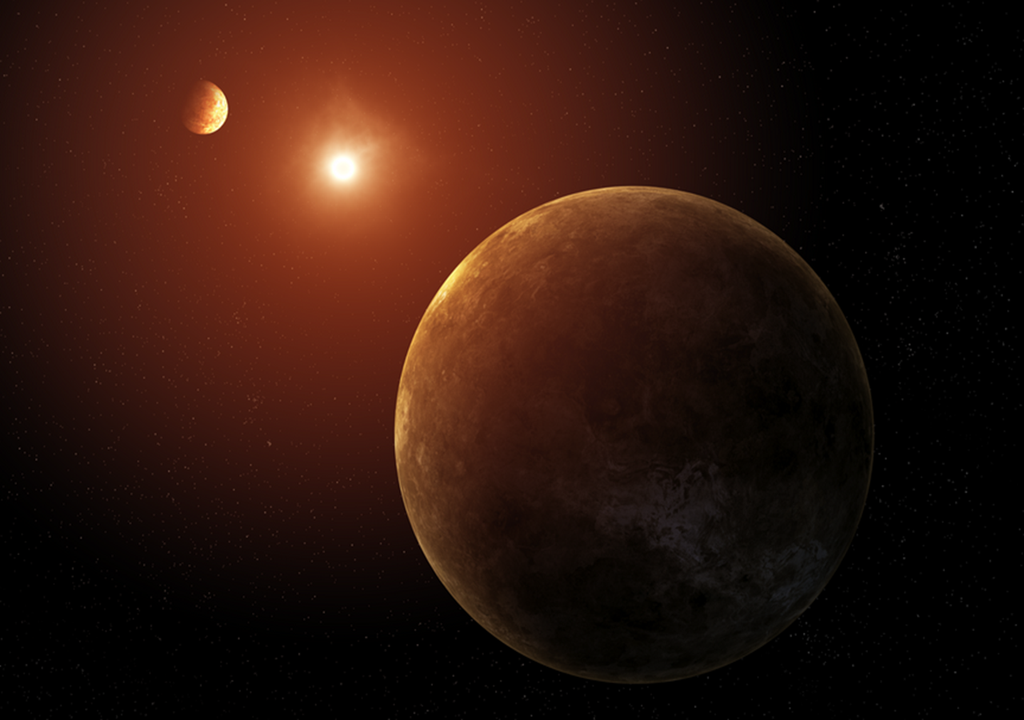Sweltering seven-planet system revealed in new exoplanet list
Identified in an updated catalogue of exoplanets, Kepler-385 is one of only a handful of systems identified as having more than six verified planets.

NASA's Kepler space telescope may well be enjoying a relaxing retirement in the Sun's orbit, but the data it collected during its time is still revealing important information.
For instance, a system of seven scorching planets has recently been revealed by researchers studying an updated catalogue of Kepler's planetary discoveries, which number more than 4,400 candidate worlds.
Bathed in more heat from their host star per area than any planet in our Solar System, all seven of these exoplanets are larger than Earth but smaller than Neptune. The finding is particularly notable as only a few planetary systems are known to contain more than six verified planets or planetary candidates.
Kepler data continues to surprise
Establishing its status as a goliath of interstellar astronomy over nine years in deep space, the Kepler space telescope was NASA's first planet-hunting mission. It went well beyond expectations, observing over half a million stars and 2,600 confirmed planets before its retirement in 2018.
Continued study of Kepler's observations has revealed many more planets since, the latest of which are detailed in a study accepted for publication in the Journal of Planetary Science.
While the Kepler mission focused on assessing how common planets are around other stars, this study takes a deeper dive into each of the systems, providing more accurate and detailed information.

"We've assembled the most accurate list of Kepler planet candidates and their properties to date," said Jack Lissauer, lead author of the study and research scientist at NASA's Ames Research Center. "NASA's Kepler mission has discovered the majority of known exoplanets, and this new catalogue will enable astronomers to learn more about their characteristics."
A hot take on Kepler-385
As one of the highlights of this latest catalogue, the Kelper-385 system comprises seven planets orbiting a star about 10% larger and 5% hotter than our Sun.
As the authors explain, the two inner planets – which are both slightly larger than Earth – are thought to be rocky worlds with thin atmospheres. The remaining five planets, on the other hand, are about twice as large as Earth and are probably shrouded in thick atmospheres. Each one is thought to be blisteringly hot.
The researchers say it's a testament to Kepler's observations that the system can be described in such detail. Continuing the telescope's legacy, their study paints a vivid picture of what some of the planets look like, giving us a more rounded understanding of the worlds beyond our Solar System.








